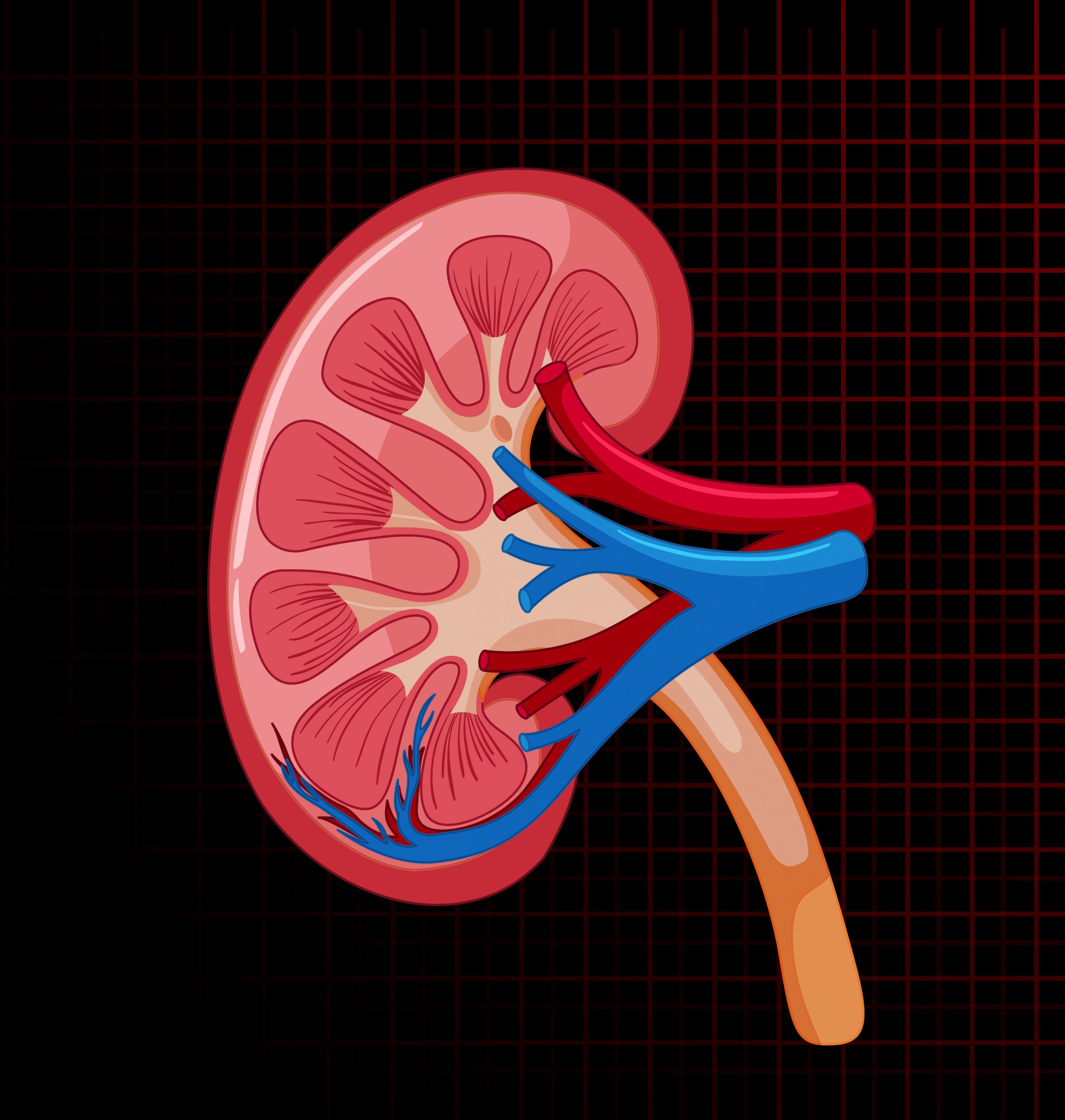

A large-scale analysis was recently undertaken by physician-scientists from the University of Alabama at Birmingham Marnix E. Heersink School of Medicine to investigate the impact of a newly presented equation used to determine one’s risk of heart failure. The study, published in the Journal of Cardiac Failure, found that the new and old kidney function equations predicted the risk of heart failure with comparable accuracy.
Because kidney function cannot be measured directly, equations were developed to measure kidney function using circulating levels of waste products such as creatinine, according to Naman Shetty, M.D., a clinical research fellow in the UAB Division of Cardiovascular Disease and the first author of this manuscript. Creatinine is a chemical byproduct of creatine, a molecule utilized to provide energy to muscles. Previously, an adjustment for race was employed in the calculation to account for racial disparities in blood creatinine levels. However, Shetty claims that the prior equation’s inclusion of race was criticized for potentially increasing racial inequities in health care.
“In an attempt to reduce these disparities, the National Kidney Foundation introduced the race-independent equation to estimate kidney function,” Shetty said. “This race-free equation uses the levels of two substances (creatinine and cystatin C) to estimate kidney function and was shown to be more accurate than the previous equation.”
According to the Centers for Disease Control and Prevention, heart failure affects around 6.2 million adults in the United States and costs the country approximately $30.7 billion in health care services, drugs, and missed days of work. Poor renal function has been linked to an increased risk of heart failure. Shetty and his colleagues examined data from roughly 16,000 people in two major prospective U.S. population cohorts, the Atherosclerosis Risk in Communities and the Multi-Ethnic Study of Atherosclerosis. These patients were evaluated for kidney function and then followed up on for a decade. Researchers were able to compare the risk prediction value of the new and old renal function equations for heart failure as a result of this.
Shetty and his colleagues demonstrated that the ability of both renal function equations to predict the risk of developing heart failure was comparable. The new kidney function equation has been found to be more accurate than the old one in assessing renal function in Black people.
“Several lifesaving drugs that reduce the risk of death from heart failure require kidney function to be adequate to administer the medication safely,” said Pankaj Arora, M.D., the senior author of the manuscript, an associate professor in the UAB Division of Cardiovascular Disease and cardiologist at the UAB Cardiovascular Institute. “The previous equation was known to generate lower estimates of kidney function in Black individuals, which made them ineligible for heart failure therapies. Widespread adoption of the new kidney function equation will increase the eligibility of heart failure therapeutics in Black individuals. This will help reduce the racial disparities in cardiovascular disease by reducing the risk of poor outcomes in Black individuals.”
The University of Minnesota, the University of Texas Southwestern Medical Center, Emory University, and Washington University in St. Louis collaborated on this study.
more recommended stories
 Fat-Regulating Enzyme Offers New Target for Obesity
Fat-Regulating Enzyme Offers New Target for ObesityKey Highlights (Quick Summary) Researchers identified.
 Spatial Computing Explains How Brain Organizes Cognition
Spatial Computing Explains How Brain Organizes CognitionKey Takeaways (Quick Summary) MIT researchers.
 Gestational Diabetes Risk Identified by Blood Metabolites
Gestational Diabetes Risk Identified by Blood MetabolitesKey Takeaways (Quick Summary for Clinicians).
 Phage Therapy Study Reveals RNA-Based Infection Control
Phage Therapy Study Reveals RNA-Based Infection ControlKey Takeaways (Quick Summary) Researchers uncovered.
 Pelvic Floor Disorders: Treatable Yet Often Ignored
Pelvic Floor Disorders: Treatable Yet Often IgnoredKey Takeaways (Quick Summary) Pelvic floor.
 Urine-Based microRNA Aging Clock Predicts Biological Age
Urine-Based microRNA Aging Clock Predicts Biological AgeKey Takeaways (Quick Summary) Researchers developed.
 Circadian Control of Neutrophils in Myocardial Infarction
Circadian Control of Neutrophils in Myocardial InfarctionKey Takeaways for HCPs Neutrophil activity.
 E-Cigarette Use and Heart Attack Risk in Former Smokers
E-Cigarette Use and Heart Attack Risk in Former SmokersKey Takeaways for Clinicians and Nurses.
 36-Week Pre-eclampsia Screening May Reduce Term Risk
36-Week Pre-eclampsia Screening May Reduce Term RiskA New Preventive Strategy for Term.
 Cardiovascular Risk and Sudden Cardiac Death in Diabetes
Cardiovascular Risk and Sudden Cardiac Death in DiabetesRising Sudden Cardiac Death (SCD) Risk.

Leave a Comment